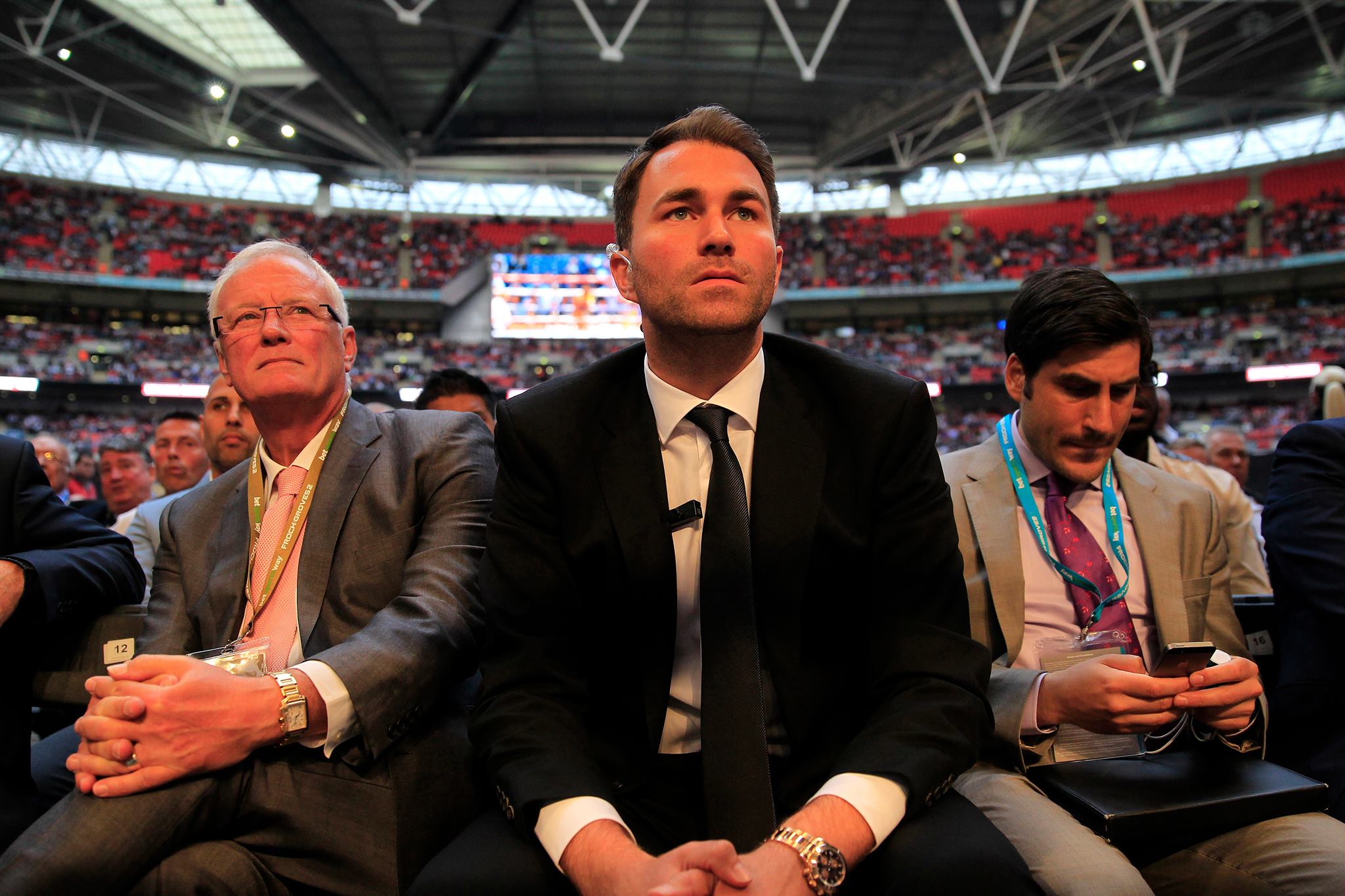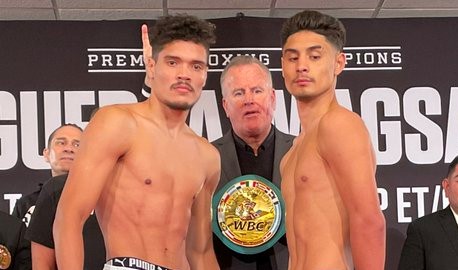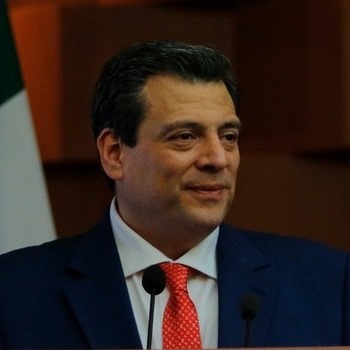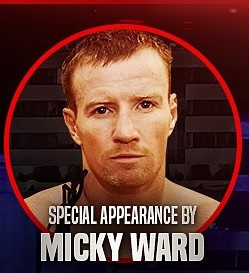Boxing’s Endorsement Problem
By: Brandon Bernica
Last Saturday, the sport of boxing presented its latest offering to the mainstream public – a fight between Manny Pacquiao and Jessie Vargas. The macro diagnosis of the event is that Pacquiao won a convincing decision absent of much fanfare, with fans still reeling from last year’s Mayweather-Pacquiao debacle.

But one thing you probably missed as Manny walked into the ring was the signature Nike swoosh missing from his trunks. After his inflammatory remarks regarding the LGBT community earlier this year, Pacquiao lost his Nike sponsorship, a deal he’s had for years. Instead, Manny’s trunks were adorned with lesser-known entities such as Motolite and Café Puro.
If you hadn’t guessed by now, boxing has an endorsement problem. If the world’s most popular active fighter can’t even garner a decent sponsorship, where does that leave the rest of boxing’s roster?
Look at every other league in the world. When you watch any soccer game, every player is outfitted with kits swamped with high-profile advertisements. Flip the television to a stream of commercials and you’re bound to see LeBron James raving about Samsung’s newest phone. Even boxing’s combat sports competitor, the UFC, attracts top-tier companies to their brand.
The real issue, though, isn’t the lack of sponsorship revenue waiting to be capitalized on by boxing big-wigs. Boxing’s decimated past largely owes its genesis to an abundance of money in the industry. No, the real omen is that no one seems to trust boxing, its model, its characters, or its viability as a major player in the realm of sports.
It’s a scathing referendum. Endorsements offer visibility to sports. They legitimize the segments of culture they support out of a sea of endless choices for entertainment. Let’s say someone who loves Coca-Cola has never observed any sports in his or her life. If they suddenly turn on a football game and see a Coca-Cola promotion play in the middle of the telecast, he or she might give that sport a chance because he or she can draw ties between an interest of theirs and this foreign game. It’s fallacy, but it works.
In a much less overt way, boxing faces the same dynamic. The sport constantly looks to expand its audience outside of its niche. Yet the absence of endorsements eliminates any cross-cultural publicity that could normalize boxing’s mistakenly jaded reputation to the masses. Boxing doesn’t benefit from discount deals and promotions that incentivize newer viewers to tune into big fights, other than the occasional Tecaté rebate on a pay-per-view. And even though Gennady Golovkin and Andre Ward have filmed spots for companies like Air Jordan and Apple, they are exceptions, as most fighters struggle to find any air-time at all, even on local television plugs. And having no fighters in front of the camera equates to less people aware of who they are.
An even more significant group of potential consumers boxing always aims to rope in are the former fans – those who once loved the sport but are now disillusioned by its politics and recklessness. In this respect, brands are incredibly helpful. Big-name companies have a lot to lose when they throw their name behind anything, let alone an entire industry like boxing, so their stamp of approval is highly valued. If, for instance, Taco Bell sponsors a big name fight, places all of its weight behind this event, and then the event ends with minimal action and a miserable decision, consumers will negatively connote that brand with negativity (stemming from the event). And quite honestly, boxing doesn’t offer a plethora of opportunities for companies to promote. Factoring in the constant possibility of awful judging with the unfiltered nature of post-fight interviews contrives a set of circumstances that results in poor exposure for endorsing brands.
If boxing wants to be treated like a professional entity, it needs to start acting like one. Committing to a sport-wide set of standards can entice companies to take the risk involved in sponsoring fights. Boxing owes its fighters a fair opportunity to chase external sources of revenue (such as endorsements) considering how volatile a career making money in the sport is. Bottom line: legitimacy starts from the inside-out, and if boxing wants to reach more homes, it needs to ensure the product it’s selling is clean, first.


















